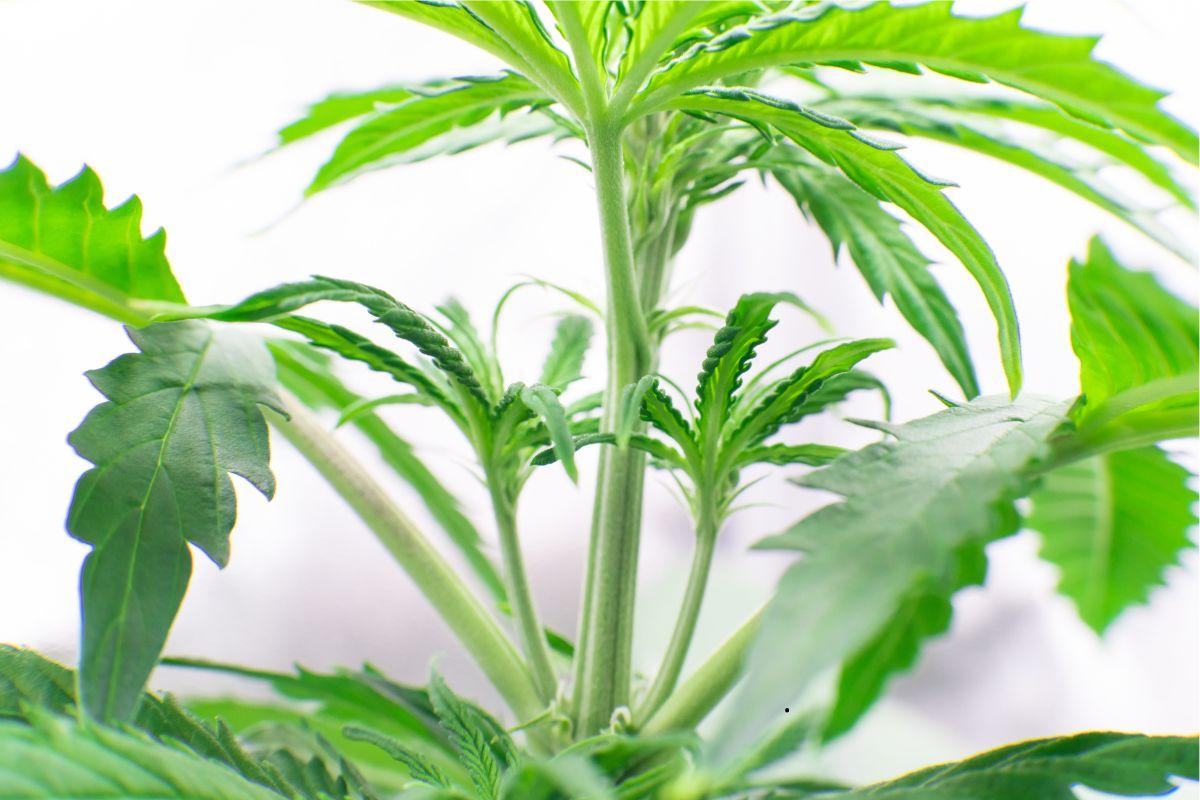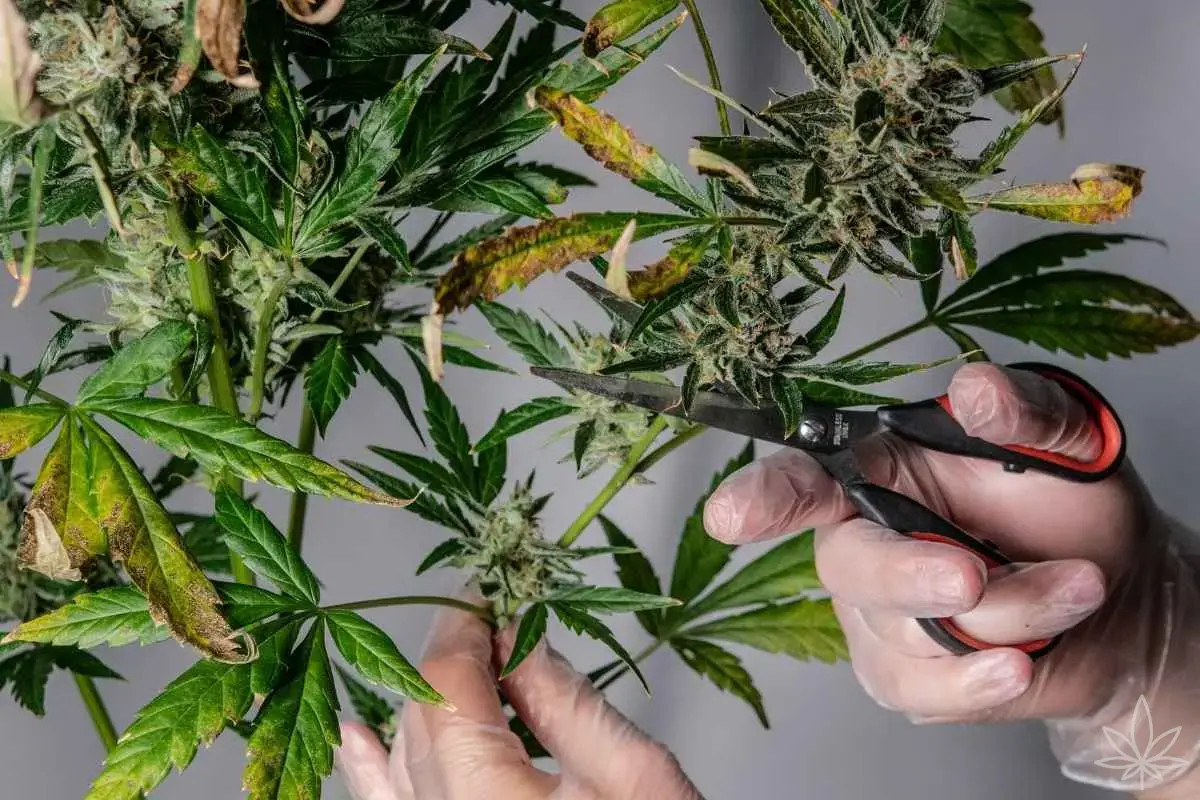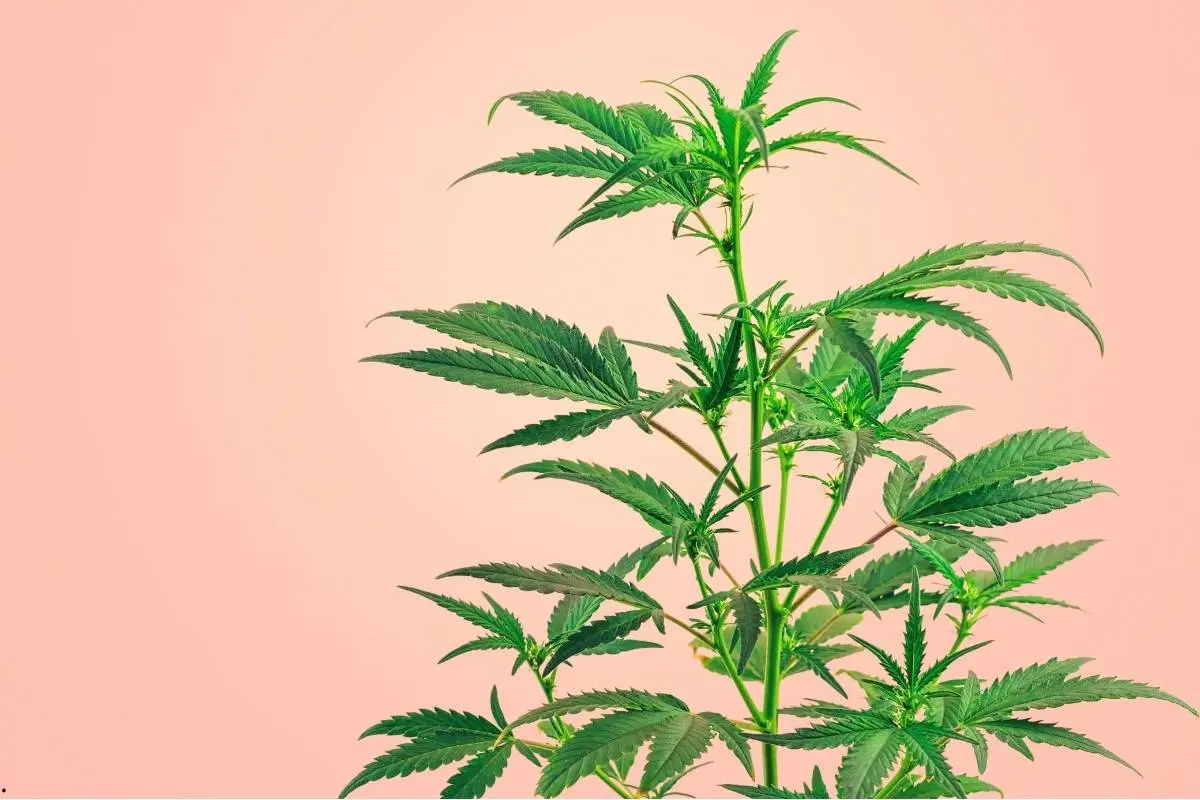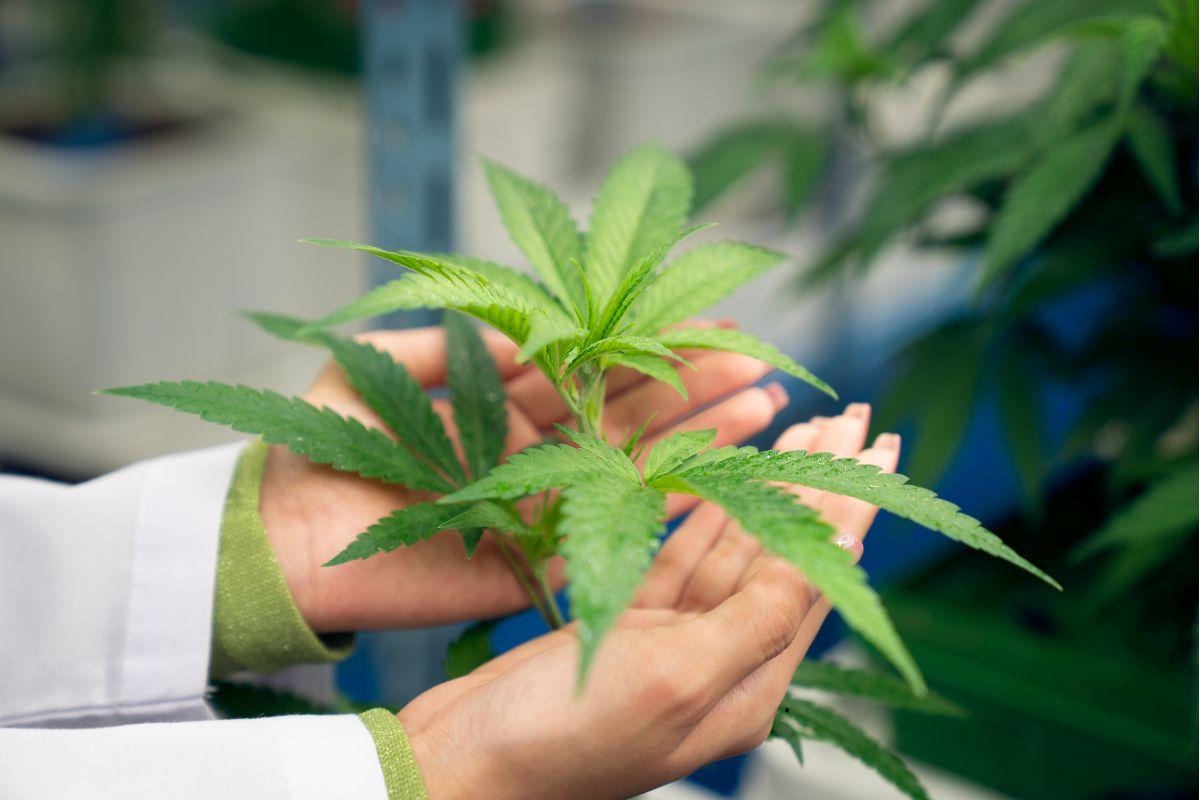Cloning plants is a process that allows you to preserve your favorite genetic traits of cannabis plants by creating genetically identical copies of the mother plant. Cannabis cloning is popular among gardeners and growers because it enables plants with proven traits to be obtained and shortens growth time compared to growing from seeds. This article will look at the cannabis cloning technique in detail, describing the preparation, cutting, rooting, and care for young plants in home cultivation.
1. Preparation for Cloning
Before starting cloning, you need to prepare appropriately. The first step is to select a healthy and mature mother plant, preferably in the vegetative phase. The mother plant should be free from diseases and pests and have strong stems. Here are some tips before taking cuttings:
- Watering: Ensure the mother plant is well-watered. Hydrated stems root more easily and are more likely to survive.
- Tool Preparation: Use sharp and disinfected scissors or a scalpel to take cuttings. Sterility is key to avoiding infections.
- Environment: The ideal cloning environment is a room with moderate temperature (20-25°C) and humidity (about 70-80%).
2. Selecting and Taking a Cutting
The best cuttings for cloning are healthy, lateral shoots about 10-15 cm long. Ideally, the shoot should have at least two or three nodes—the spots where leaves grow. Select young, non-woody shoots that are easier to root.
- Angle Cutting: Cut the stems at a 45-degree angle, which increases the absorption area and facilitates nutrient intake.
- Removing Lower Leaves: Remove leaves from the lower part of the cutting, which will help prevent rot, and leave a few leaves at the top—the young plant needs them for photosynthesis.
- Topping: If the cutting is too long, consider trimming it. Reducing leaf mass limits evaporation and allows the plant to focus energy on root development.
3. Rooting the Cutting
Rooting is a critical stage of the cloning process. It can be done using various methods, including:
- Rooting Agents: Powder or gel preparations that speed up root formation. After taking the cutting, dip its tip in the rooting agent and gently shake off the excess.
- Natural Rooting Agents: You can also use natural agents, such as aloe vera juice or willow juice, which have rooting properties.
After preparing the cutting and dipping it in rooting agent, place it in moist substrate—this could be soil, coconut fiber, mineral wool, or hydrogel. The choice of substrate depends on your preference, but moisture and sterility are crucial for the cutting to develop properly.
4. Care and Monitoring of the Cutting
During rooting, the cuttings need specific conditions:
- Humidity: High humidity, ideally around 70-80%, is most important. You can achieve this by using a mini-greenhouse or special covers for pots.
- Lighting: Choose gentle lighting, such as LED lamps that don’t generate excess heat. Light should be available for about 18 hours per day.
- Temperature: Keep a stable temperature around 22-24°C. Temperature fluctuations can negatively affect rooting.
Within a few days to a few weeks (usually 7-14 days), cuttings should develop roots. Growing roots are a sign that the process is progressing well.
5. Transplanting Young Plants
When the cutting develops roots (usually visible on the substrate’s surface or through drainage holes), it can be transplanted into a larger pot. Make sure the new pot is adequately prepared and that the substrate drains water well. It’s also worth applying mild fertilizers to provide young plants with the necessary nutrients.
6. Benefits of Cloning in Home Cultivation
Cloning cannabis has many benefits for home cultivation:
- Consistent Quality and Yield: Clones retain exactly the same traits as the mother plant, allowing for consistent yields.
- Shorter Growth Time: Clones skip the germination phase, meaning a shorter growth cycle and faster flowering.
- Cost Savings: In the long term, cloning saves money as there’s no need to buy new seeds.
7. Potential Problems and How to Prevent Them
Certain challenges may arise during cloning:
- Cutting Rot: Rotting can occur with excessive humidity or improper air circulation. Maintain hygiene, use sterile tools, and avoid overwatering.
- Lack of Roots: If a cutting doesn’t produce roots, it may be due to unsuitable rooting agents or low humidity. Ensure optimal conditions and minimize stress on the cuttings.
Conclusion
Cloning cannabis is an effective technique that allows growers to preserve the best qualities of their plants and accelerate growth. Following the steps above, you can achieve healthy, strong plants that will yield bountiful harvests in home cultivation. Cloning is also an excellent way to experiment and improve your gardening skills, which, over time, will bring satisfaction and increased yields.






